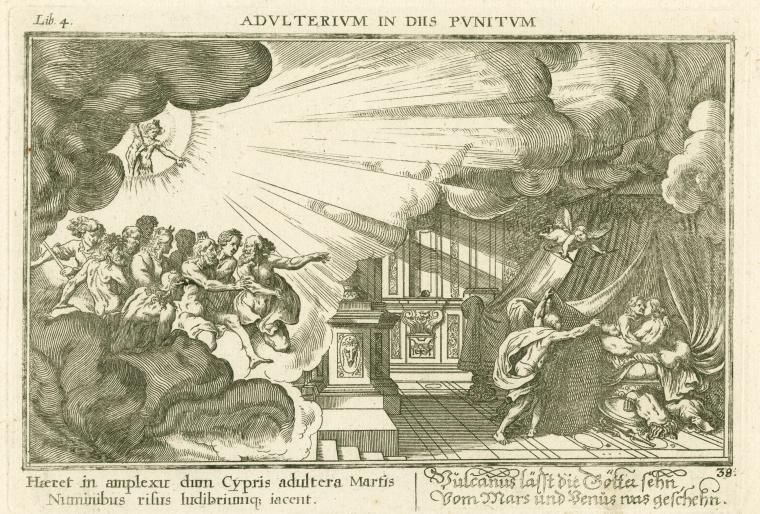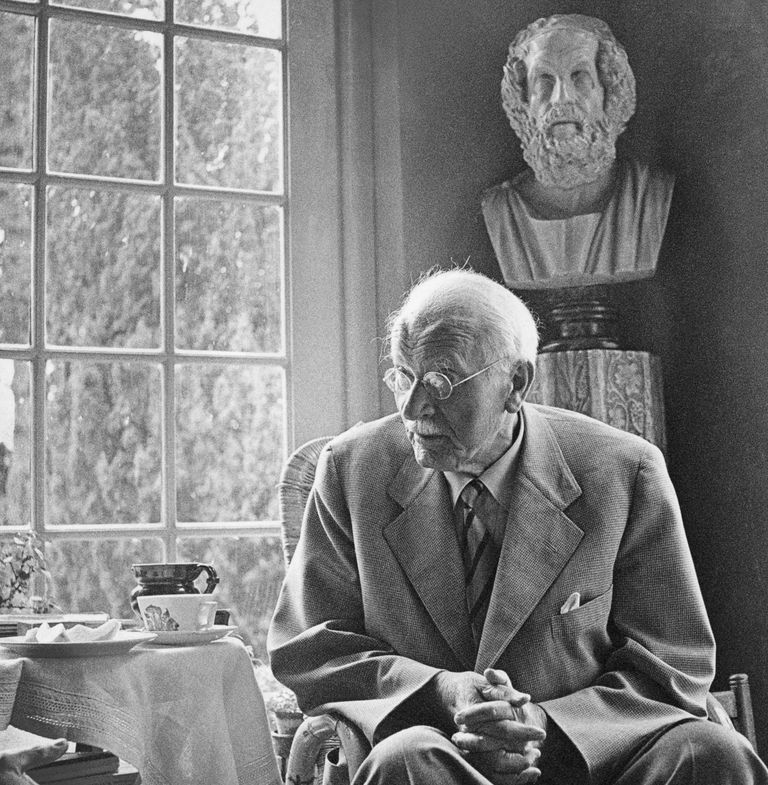Written by Brendan Heard, Contributing Writer, Classical Wisdom
In 1903 Albrecht Dieterich translated The Mithras Liturgy, a Greek fragment from the Great Magical Papyrus of Paris. Its subject matter is of magical incantations, but with reference to Mithraic cosmography.
The process of the liturgy takes the mystic through seven stages, culminating in enactment of the liturgy. In the first stage, the speaker begins by invoking Providence and Psyche, followed by the four classical primal elements, referred to as “first origin of my origin” from which the speaker’s “complete body” is created.
You will hear nothing either of human or of another living being,
nor in that hour will you see anything of mortal affairs on earth,
but rather you will see all immortal things.
For you will see the divine constellation on that day and hour,
the presiding gods arising into heaven, and others setting.

Mithras and the Bull: This fresco from the mithraeum at Marino, Italy (third century) shows the tauroctony and the celestial lining of Mithras’ cape.
The second stage involves breathing exercises which are intended to lift the initiate up (in the air) where he can note the divine order of the “visible gods”. For the third he then speaks magic names belonging to “planetary guardians of the gates of heaven” such as Aion and Iao.
The fourth involves speaking the
magic words that will invoke a vision of Helios himself. He is described as “a youthful god, beautiful in appearance, with fiery hair, and in a white tunic and a scarlet cloak, and wearing a fiery crown.”. To which the initiate must present the “fire greeting.”
The fifth stage becomes decidedly more Egyptian, and involves a revelation of seven virgins with the faces of wasps, carrying golden wands, which must be hailed by name. The sixth stage reveals the seven Pole-Lords who have faces of bulls and gold diadems, and these must also be hailed by name. Both these groups represent the “region of the fixed stars.”
The gods of the afterlife are insinuated in the ritual as cosmic entities—stars—the symbolism being that the initiate is journeying among the spheres. The fragment instructs him to declare: “I am a star, wandering about with you, and shining forth out of the deep.”

Helios and chariot depicted on the dome of the entrance hall of the Széchenyi Bath, Budapest.
The final, seventh stage, is the revelation of the highest god, who descends manifest before the mystic. We might assume this is Mithras. He is young and crowned in light, with lightning in his eyes.
It is from him that the initiate receives apathanatismos: a temporary state of immortality.
As an ancient magical ritual the liturgy calls on many elements of Greco-Roman beliefs, influenced by Persian, as well as Egyptian magic, and Mithraism. There is also some scant reference to Hebrew and Christian rituals.
The Liturgy is rare among magical and religious initiations of the ancient world, in the scope of its culminating request: nothing less than immortality (apathanatismos). Some also consider it a product of early Hermeticism, so named after the Greek “Thrice Greatest Hermes”—equivalent of the Egyptian Thoth. Hermeticism evolved into alchemy (chemistry) which evolved into our modern conception of science.
The inventor of analytical psychology, Carl Jung, had a particular interest in the fragment, and spoke on the topic in lectures and interviews. It had an effect on his beliefs regarding spirituality and his concept of “synchronicity”, or the idea that meaningful connections in the world manifest through coincidence.

Carl Jung (Bettmann Archive / Getty Images)
Jung had no less than a kind of premonitory experience with a patient regarding the ritual, which he referenced as an example of synchronicity in his personal life. Here is a quote from Jung’s 1959 interview with John Freeman.
‘We have an impersonal stratum in our psyche.’
‘For example, we had a patient in the ward, disassociated schizophrenic, with no particular education. Once I came to the ward and he took me by my coat and led me to the window. Now look up at the sun, look at how it moves, move your head like this and see the moving of the sun is the origin of the wind. Of course I thought ‘he’s just crazy’ despite the fact that case remained in my mind. Four years later I came across a paper written by the german historian Dieterich dealing with the mithras liturgy papyrus. [Which read)] ‘Thou will see how the disc of the sun unfolds, and hanging down from this the moving down of the wind, and when you move your face to the east it will follow you, and to the west it will follow you.’
‘It was not a proof to me but a hint, and I took the hint.’
‘And did you believe in god?’
‘Oh yes.’
‘Do you now believe in god?’
‘Now? Difficult to answer, I know, I don’t need to believe.’
What is extant in the liturgy ritual and the experience of Jung, is the reference to the sun (Helios) and to light. As a centrum both to Mithraism, Platonism, and to ancient religion in Greece, Rome, Egypt, and beyond. Below is a quote from a lecture by Jung on the “Sun Vision” and the Mithras Liturgy, regarding his reading of the Liturgy, as translated by Dieterich.

Sun God Helios relief, Altes Museum [Berlin, Germany].
We ended the last lecture by reading part of the Sun Vision in the Mithraic Liturgy.
We heard the invocation of the god, recorded in light and fire symbols.
This sun motif appears in many places and times and the meaning is always the same – that a new consciousness has been born.
It is the light of illumination which is projected into space.
This is a psychological event; the medical term “hallucination” makes no sense in psychology.
The Katabasis plays a very important role in the Middle Ages and the old masters conceived of the rising sun in this Katabasis as of a new light, the “lux moderna”, the jewel, the lapis.
We find this theme in poetry, in Faust for instance.
In the beginning of the second part of Faust, after the tragic death of Marguerite, in the song of Ariel the following lines occur:
“Hark! The Hours in storm are winging,
And, to spirit ears loud-ringing,
Now the new-born day is springing.
Rocky portals clang asunder,
Phoebus’ wheels roll forth in thunder,
What a tumult brings the light!”
– Carl Jung on the “Sun Vision” and the Mithras Liturgy
Lecture IX 28th June, 1935
The importance of the sun, itself a star, combined with a religious respect for astronomy/astrology (once one science, same as alchemy/chemistry) is strongly intoned both in the ritual, Mithraism generally, and in Jung’s assessment and personal experiences. Archaic classical thought placed extreme spiritual importance on cosmography, and they felt we can only truly understand ourselves in relation to our understanding of the stars and heavens and their sacred trajectories.














No comments
Trackbacks
Our apologies, you must be logged in to post a comment.